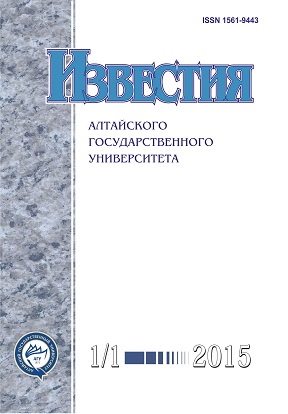User Identity Confirmation with His Keystroke Pattern
Abstract
A keystroke pattern belongs to dynamic (behavioral) biometric characteristics describing the subconscious actions familiar to a user. It characterizes the passphrase entering dynamics. The keystroke pattern recognition is based on a comparison of the pattern in question with a list of pattern templates stored in a memory of a computer. Thus, the problem of user identification reduces to a problem of pattern recognition. Keyboard usage analysis does not require special hardware and personnel for installation and further support. It allows the process of covert authentication and is transparent to end user, i.e. does not cause any inconvenience. Classic statistical approach to the keystroke pattern recognition (while typing several key words) reveals a number of interesting features: the dependence of character combinations in a typed word, a deep connection between a set of individual characters, a “delay” presence when typing characters.
DOI 10.14258/izvasu(2015)1.1-28
Downloads
Metrics
References
Фу К. Последовательные методы в распознавании образов и обучении машин : пер. с англ. / под ред. Л.А. Мееровича. - М., 1971.
Фукунага К. Введение в статистическую теорию распознавания образов / пер. с англ. А.А. Дорофеюка. - М., 1979.
Расторгуев С.П. Программные методы защиты информации в компьютерах и сетях. - М., 1993.
Izvestiya of Altai State University is a golden publisher, as we allow self-archiving, but most importantly we are fully transparent about your rights.
Authors may present and discuss their findings ahead of publication: at biological or scientific conferences, on preprint servers, in public databases, and in blogs, wikis, tweets, and other informal communication channels.
Izvestiya of Altai State University allows authors to deposit manuscripts (currently under review or those for intended submission to Izvestiya of Altai State University) in non-commercial, pre-print servers such as ArXiv.
Authors who publish with this journal agree to the following terms:
- Authors retain copyright and grant the journal right of first publication with the work simultaneously licensed under a Creative Commons Attribution License (CC BY 4.0) that allows others to share the work with an acknowledgement of the work's authorship and initial publication in this journal.
- Authors are able to enter into separate, additional contractual arrangements for the non-exclusive distribution of the journal's published version of the work (e.g., post it to an institutional repository or publish it in a book), with an acknowledgement of its initial publication in this journal.
- Authors are permitted and encouraged to post their work online (e.g., in institutional repositories or on their website) prior to and during the submission process, as it can lead to productive exchanges, as well as earlier and greater citation of published work (See The Effect of Open Access).








